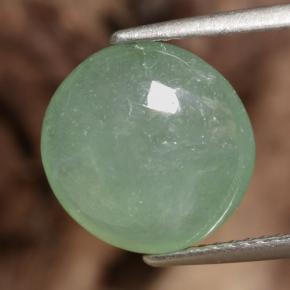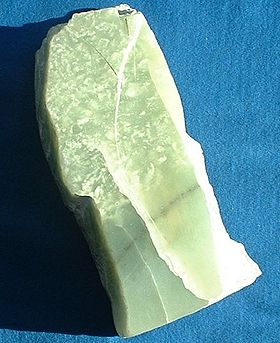Blog
Keep up to date with the latest news from art markets across the world through our blog "the eye of the expert"
Any questions?
contact@mr-expert.com
How to tell if jade is real
The privileged position that jadeholds on the art market makes it quite desirable. However, it also provides some with the opportunity to circulate fake or hard stones resembling the original. For this reason, it is advisable to take a few precautions.
There are, of course, different kinds of jade – nephrite and jadeite. Our site’s jade valuation page lets you discover the differences between these two materials.

It should be noted that antique pieces are unique.

The origin of jade
It is interesting to find out about the deposit from which the stone was extracted. The most important mines of good quality nephrite jade are Myammar (formerly Burma), Guatemala, Mexico and Russia. Jade jadeite comes mainly from Canada, but also from the United States, Australia, China and New Zealand.
The hardness of jade
Jade is not only known for its spiritual virtues, but it is also appreciated for its hardness. This can be tested by scratching the surface with a knife, if the blade leaves no trace, it is jade. However, if a scratch appears, it indicates a softer stone such as serpentine or chrysolite. However, care must be taken not to damage the object, especially if it is valuable.
Jade is so hard that it cannot be worked by hand, so tools are needed to make a pattern. The earliest jade stones depicted animals such as birds, and as techniques improved, the patterns became more sophisticated.
As jade is a cold stone, it takes time to warm up. When we hold it in our hands, it feels cold and smooth. It is recommended to have a piece of real jade nearby for comparison.

Jade and its treatments
There are different qualities within jade, it is not uncommon for jade of inferior quality to be treated to give it a more flattering appearance. The most common treatments are dying, lightening and polymer injections. Jade holds an important place in Asian art, and can be very expensive.
With the creation of new techniques, plastic jade was born, being lighter, and it is often designed with a heavier base to give the illusion of weight. The test of touch quickly reveals that it is not real jade.
It is possible that jade is accompanied by a certificate indicating the category determining its quality:
- – Type A jade: it is natural and untreated.
- – Type B jade: it has been chemically thinned to remove certain impurities and there may have been polymer injections. It is still authentic and natural jade.
- – Type C jade: the colour has been chemically tinted and lightened. It may be subject to discolouration over time by its reaction to strong light.
Our experts and auctioneers are at your disposal to estimate your jade sculptures and objects.
You may also like
How to Authenticate and Appraise an Artwork
Find out how much your items are worth with Mr-Expert.com